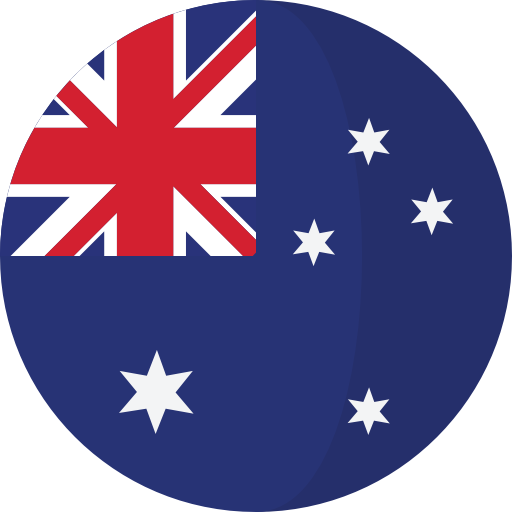Studying In the Australia

Australia has emerged as a top choice for Indian students pursuing higher education. Each year, approximately 9,500 Indian students arrive in Australia to study.
Most Indian students enroll in vocational education and training programs, as well as university courses. The most popular fields of study include business and management, information technology, engineering, tourism, and hospitality. However, there is a growing interest in a wider range of disciplines offered by Australian institutions.
Australia’s world-class education system, safe and multicultural environment, and focus on innovation and research make it an attractive destination for international students.
Key Benefits of Studying in Australia
Fee Payment After Visa Approval
20 Hours/Week Part-Time Work Permit
Full-Time Work Permission During Holidays
Dependent Visa for Postgraduate Students
Full-Time Work Rights for Dependents/Spouses
Up to 3 Years Post-Study Work Rights
Additional Migration Points
Internship Opportunities in Select Courses
Living in Australia: Accommodation Options
Students in Australia have various accommodation choices to fit different budgets and preferences:
University Accommodation: On-campus housing provided by universities.
Homestay: Living with an Australian host family.
Shared Accommodation: Renting apartments or houses with fellow students.
Most institutions assist students in finding suitable housing and understanding lease agreements. Temporary accommodation can also be arranged before arrival to ease the transition.
Education System in Australia
School Education
Australian schools are categorized into:
Primary Schools (Years 0–6 or 7)
Secondary High Schools (Years 7 or 8–12)
Junior Colleges (Years 7 or 8–10)
Senior/Matriculation Colleges (Years 11 and 12)
After Year 10, students typically proceed to Years 11 and 12 (Senior Secondary), a prerequisite for university and vocational education programs.
Types of Schools:
Government Schools
Private Schools
Academic Year Structure:
Start: Late January/Early February
End: December
Breaks: Short holidays between terms and a long summer break (December–January)
School Days: Monday–Friday, typically from 9:00 AM to 3:30 PM
Over 12,000 international students attend Australian schools, with some institutions catering exclusively to global students. Many schools integrate vocational education into their curriculum, preparing students for higher education and employment.
Scholarships for School Students
Many Australian schools offer scholarships that cover partial or full tuition fees. Scholarships may be awarded based on exams conducted by schools or through the Australian Council for Educational Research (ACER). These tests are usually held in May for the following academic year.
Universities in Australia
Australia is home to 39 universities registered under the Australian Qualifications Framework, along with other recognized higher education institutions. These universities maintain high teaching and research standards, with many offering international exchange programs and overseas campuses.
Academic Year
Main Intake: February
Additional Intakes: July and October (varies by course)
University education in Australia involves lectures, tutorials, seminars, and independent research. Students also have access to various extracurricular activities to balance academic life.
Vocational Education & Training (VET)
Australia’s VET system, similar to Technical and Vocational Education (TVE) in other countries, offers practical and career-focused training. VET programs are provided by:
TAFE Institutes (Government-funded)
Private Colleges
All institutions maintain government accreditation to ensure high-quality training. VET graduates gain industry-relevant skills and may progress to diploma or bachelor’s degree programs.
TAFE (Technical and Further Education)
TAFE colleges in Australia provide a variety of certificate, diploma, and advanced diploma courses across multiple disciplines. With over 230 government-operated TAFE colleges, students can benefit from hands-on training and potential credit transfers to university degree programs.
Course Duration: From a few weeks to three years
Intakes: Primarily February, with some courses available in July
Focus: Practical, job-oriented learning
English Language Courses
International students can enhance their English proficiency through specialized courses:
Exam Preparation: IELTS, TOEFL, and Cambridge exam training
English for Specific Purposes: Business, Hospitality, Health, and IT
Study Tour Programs: Combining English learning with travel and leisure activities
Assessment Methods
Australian institutions use a combination of assessments, including:
School-Based Exams and Assignments
External Examinations (for senior secondary students)
Coursework Assessments (essays, presentations, and tests)
Thesis Evaluations (for postgraduate research students)
Learning Approach
Australian universities and colleges emphasize active learning through lectures, tutorials, and independent research. Students develop critical thinking skills, analyze data, and participate in discussions, fostering a well-rounded educational experience.

















